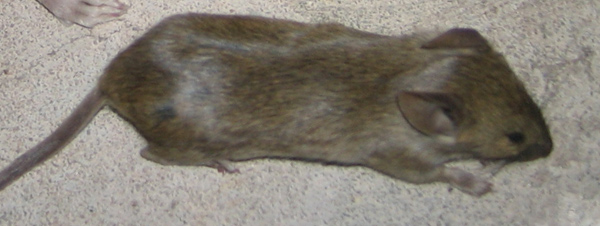- info@wildlife-removal.com
Call us for help in your town
Wildlife Removal Education
What Attract House Mice?
Need mouse removal in your hometown? We service over 500 USA locations! Click here to hire us in your town and check prices - updated for year 2020.
As the name of the species suggests, this type of mouse is one that is common in urban areas and places where people can be found, and it is a species that has adapted to live alongside humans successfully. There are a number of problems that the species can cause for people, but it is also worth noting that the majority of pet mice and laboratory mice originate from this variant of the species, having been domesticated over the centuries.

Appearance
The house mouse is usually between three and four inches in length without the tail, which adds another two to four inches to the overall length of the rodent. It has short soft hair and small white paws with five fingers, while the eyes are usually dark brown or black, except in the case of white mice which will often have red eyes.
Biology
Mice do not have eyes as strong as people, meaning that they have fewer colors that they can see, but one of the remarkable aspect of the species is that they can see ultra violet light, which is a different proposition. The house mouse also uses pheromones produced by the glands to communicate with other mice too.
Life Cycle
The house mouse is born without fur or ears, and cannot even see, and is usually one of a litter of up to fourteen pups. Females and males are both adult after around eight weeks, and while many will die, those who do grow to adulthood can sometimes live for between two and three years, during which time they can mate and give birth several times.
Habitat
The house mouse is found in many areas of the world, particularly Europe and North America, although it isn't really present in Central Africa and Northern Asia. The mice will live in domestic and commercial building where people are present.
Diet
One of the key aspects of the house mouse is that it is generally vegetarian, eating seeds, grains and any vegetables that they can locate in and around their habitat. They are also a species that will consume its own feces, to get the nutrients produced by bacterial activity in their intestines.
Behavior
The house mouse has a natural aversion to bright lights, which is why it usually lives in the dark cavities in walls and other areas around the home. They are also known for standing on their hind legs, which they do with support from the tail, which is used to gain a perspective on their surroundings.
Go back to the Mice Removal page.


















